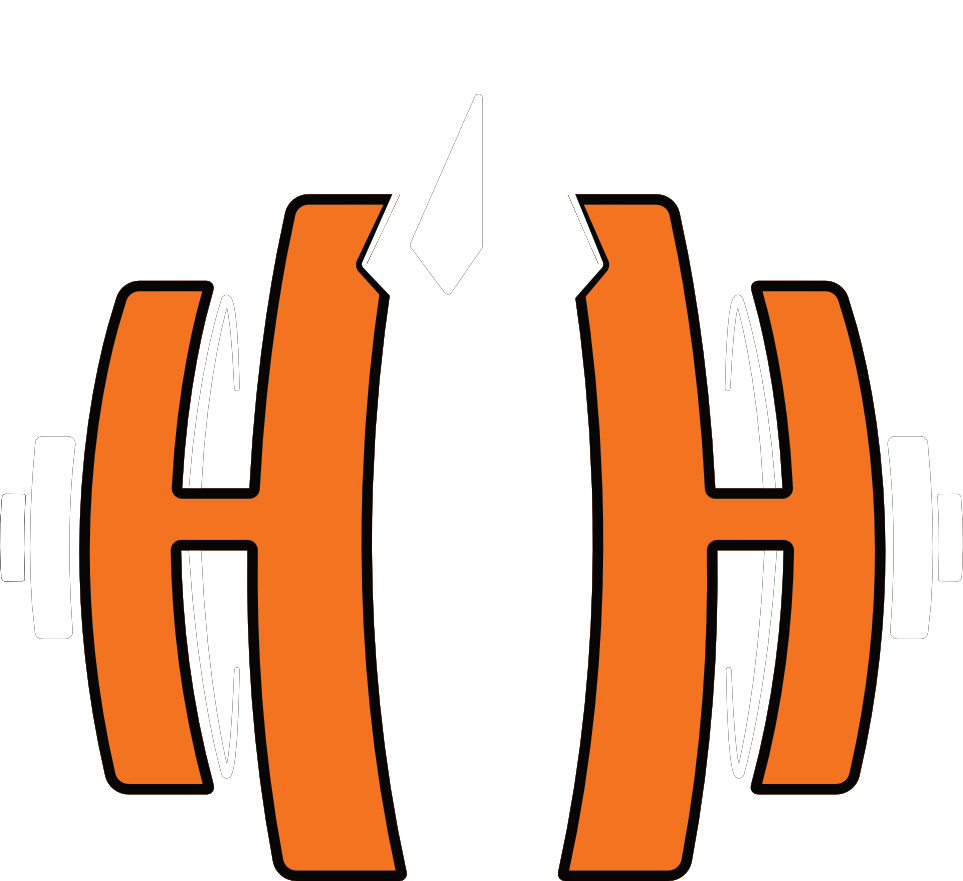If Only The Trees Could Talk
It’s been a long day. It always starts at 4am with the loud blaring of an alarm clock and an eagerness to get into the woods and harvest my elk for the season. I was hopeful for this season and with the blaring of bugles on the first morning my anticipation and excitement were at an all-time high. But here it is, day 7 of our hunt. The bugles have subsided and I have put on nearly 33 miles on my feet in search of these elusive mountain ghosts. I’ve decided to stop wandering aimlessly around the woods, hoping to run into an elk, and decided to sit still next to a reservoir hoping that at some point, these elk must get thirsty.

Although I have seen them many times before, as I’m sure many hunters in western states have, one particular item caught my eye this year. As you survey the landscape of these mountains you cannot help but see the carvings in the aspen trees. In the unit we typically hunt, these arbor glyphs, as they are known, range from something along the lines of “Bobby Wuz Here” which clearly have been carved by more modern people to “Jose Serrano 7-30-72”, which peaked my interest more than the modern dated glyphs. Who is Jose? Or Anibal? Why did they carve “Peru” or draw a picture of an elk or a naked woman?
Over the years I’ve encountered several sheepherders on our hunts. These individuals have all clearly been of Hispanic heritage, speak little to no English and usually are seen riding horses accompanied by 1 or 2 border collies. I figured they were hired by a ranch just north of our unit to find lost sheep as they graze their way from the top of the mountain back to the ranch land in the summertime. 2 years ago, one of these sheepherders snuck up and scared the daylights out of me. His only word was “Sheep?” while using his hands to point to his eyes. I responded with “No, Have you seen elk?” while using my hands to make giant antlers. He pointed to the hillside in front of us and carried on the rest of his day.

Basque would often carve names and images of elk or sports figures. It is not uncommon to see lewd and crude representations of woman, often naked, as rememberances of prostitutes they had encountered. The Sheepherder life, clearly was a lonely one and to be honest, as I sat there staring at that glassy lake I could only imagine what it must be like to be out in the woods, by yourself for months at a time with no one else to talk to but your horse and/or your dogs. In today’s hustle and bustle world this might sound like paradise for some, but humans are a gregarious species, not meant to be alone but amongst others.

Our camp is set 9 miles back off a main road, down the worst possible ATV trail CPW can muster. From that site, we will often walk 2-3 miles further back. One morning I decided that I wanted to walk through the dark timber in search of an elk I had seen a day before. I pulled out my maps, plotted the best possible track there and began my march. 
I often yearn for a simpler time. I fantasize about what it must have been like “back then” and what I would have done. For me, hunting is the closest I can get to that fantasy. Free from civilization, free from emails and text messages, free from the bills I have to pay, free from politics and free from all other distractions in my life.
I have a soft spot for history, in fact I get romantic about it. The messages these Sheepherders have left for those that come after them gives me a terrific sense of adventure and wonder. Who were these men that left these carvings? What did they see when they stood here? What were they thinking? If only the trees could talk.



















Splendid piece of writing which opens up our imagination and wonder. Thank you for sharing this wilderness experience